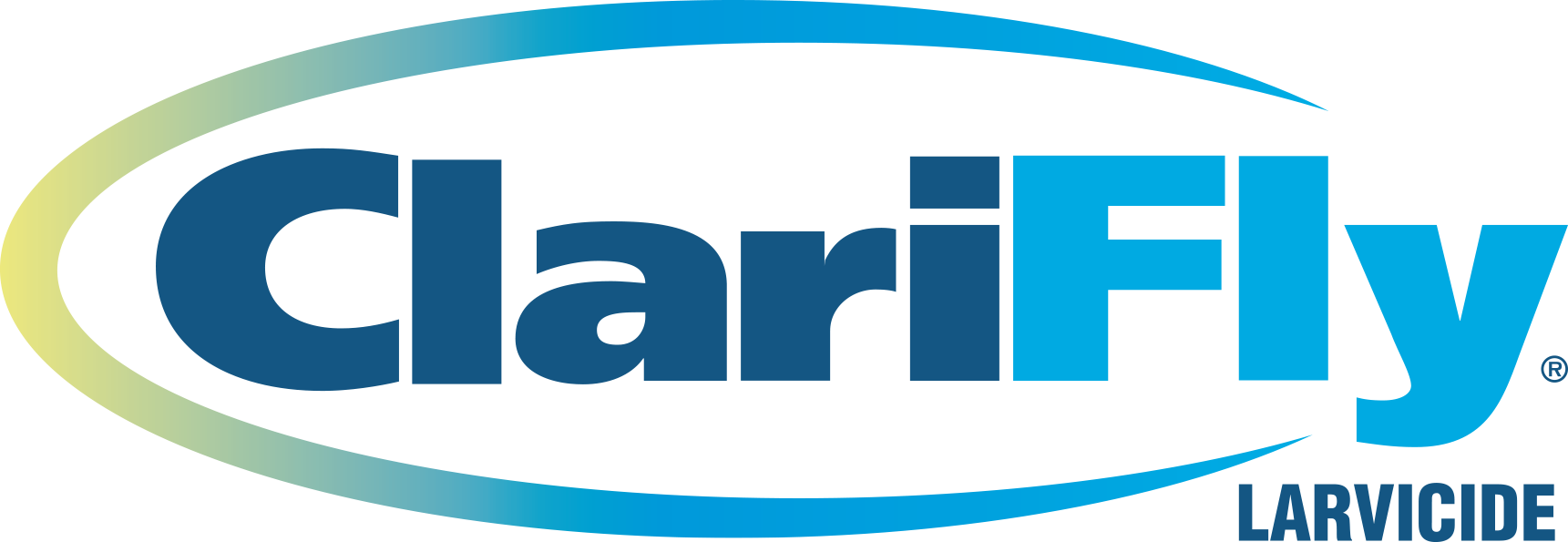Effective fly control on livestock starts with a feed-through solution like ClariFly® Larvicide. To manage house flies, stable flies, face flies, and horn flies effectively, it's crucial to begin applications before spring arrives.
As warmer weather heralds the onset of the spring fly season across much of the country, livestock operators should adopt the Central Life Sciences 30/30 method for feed-through fly control. This approach recommends starting ClariFly® Larvicide 30 days before average daily temperatures hit 65 degrees and continuing for 30 days past the first fall frost.
The 30/30 method accounts for unpredictable weather patterns, helping to maximize control of overwintering fly pupae, which are the first to emerge as temperatures rise, kickstarting the spring fly population. Starting ClariFly® Larvicide 30 days before spring ensures you stay ahead of fly infestations, leading to more effective control throughout the peak summer season and into fall.
The benefits of using ClariFly® Larvicide with the 30/30 method are straightforward. First, you're accounting for weather variability. Second, you're controlling the fly population before they reach economic thresholds that could cost your operation money. By staying ahead of the flies, you prevent them from becoming a significant issue.
The 30/30 method enhances livestock productivity by reducing the hassle of bothersome flies. By accounting for unpredictable weather, producers help keep their livestock more comfortable, which can lead to a better return on investment.
While no single tactic can completely eradicate flies on livestock, incorporating a feed-through solution into your comprehensive integrated pest management (IPM) program and knowing when to start your efforts can significantly improve fly control year-round.



